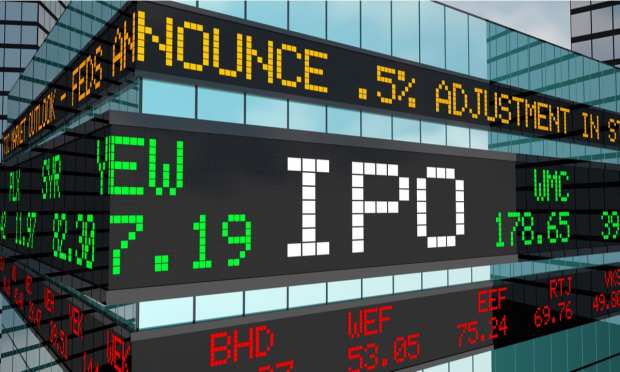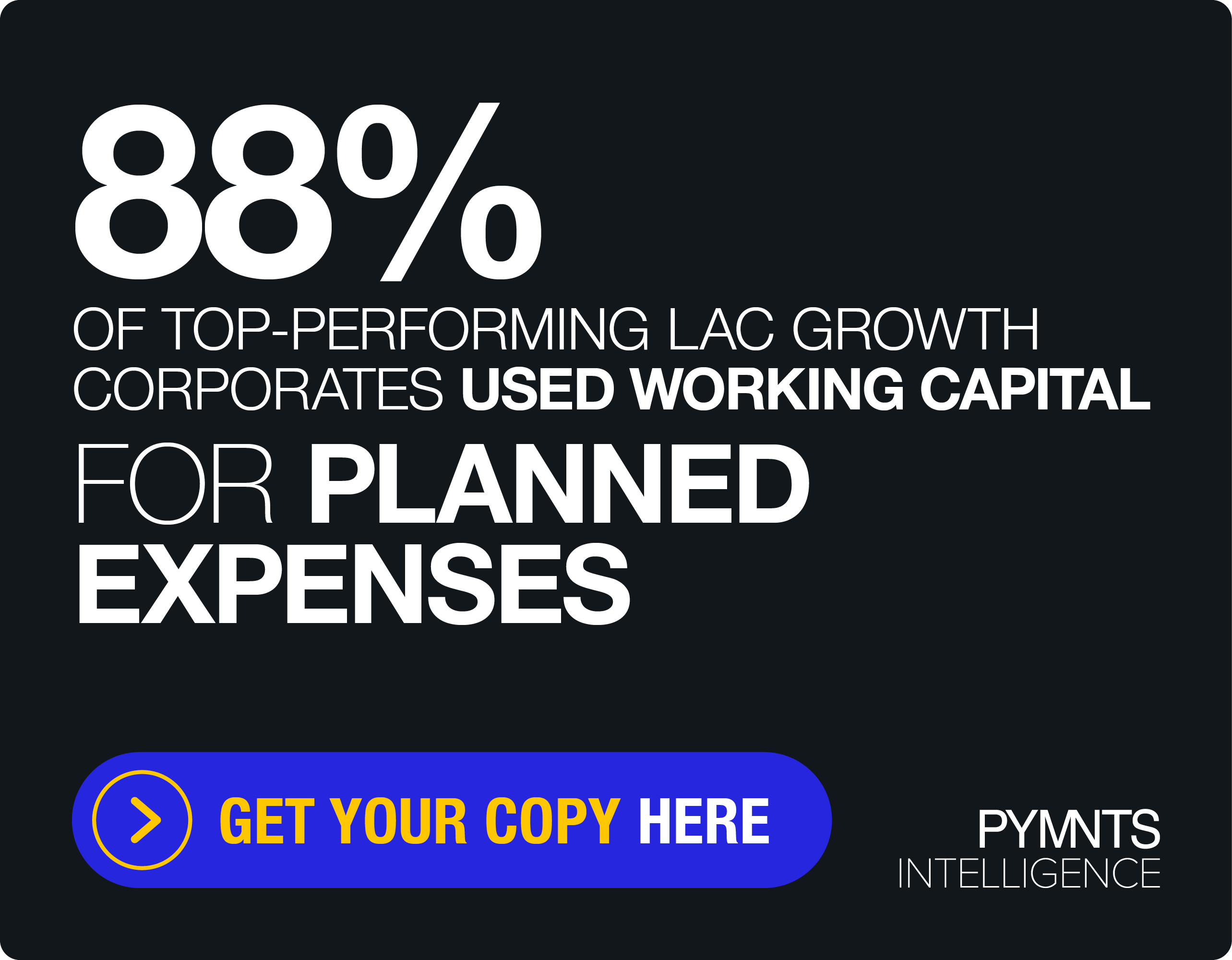Direct Listings And SPACs Change The Face of Public Offerings

There’s nothing new under the sun, goes the saying. There are just new ways to take it public.
As 2020 sunsets, we’ve seen all manner of listings, including previously less-prevalent ones that, in a year like no other, outperformed traditional initial public offerings in terms of dollars raised.
As for the overall numbers: Bloomberg reported that U.S. firms alone raised more than $435 billion, far outpacing the $279 billion raised in 2014, the previous annual record. Only $100 billion of that tally came from traditional listings (that would be the IPO, of course).
In a year where public health concerns dominated headlines, it might make sense that the biotech sector, according to Bloomberg, was the recipient of the greatest inflow of investor dollars as measured by vertical, with $23 billion, followed by tech at $19 billion. And digging down a bit, special purpose acquisition companies (or SPACs) were certainly in the spotlight and were enthusiastically received in the US. As estimated by SPAC Research, 248 SPACs went public in 2020, raising $81 billion.
Earlier in the month, the U.S. Securities and Exchange Commission approved a plan by the New York Stock Exchange to approve “direct” listings by companies, which let companies come to market without the underwriters (typically) large banks that charge hefty fees to bring the deals to the Street and reach institutional and retail investors.
As Reuters reported, direct listings now get the green light for larger companies that want to pursue that model of selling shares directly to investors.
“This is a game-changer for our capital markets, leveling the playing field for everyday investors and providing companies with another path to go public at a moment when they are seeking just this type of innovation,” NYSE President Stacey Cunningham said via statement.
The SEC itself said in its findings on the NYSE proposal on direct listings that “the Commission finds that the Exchange’s proposal will facilitate the orderly distribution and trading of shares, as well as foster competition.”
The Costs Of Going Public
The costs of going public are considerable. PwC, for example, has noted that “while the underwriting fee typically constitutes the largest direct cost that a company incurs as it goes through an IPO, the legal, accounting and tax costs are also consequential and can increase significantly for companies facing additional complexities in preparing for an IPO.”
The average underwriting fee is heftiest, as a percentage, on the smallest deals as measured in deal values, found PwC. For the range of $25 million to $99 million, the average underwriting fee is 7 percent; that number scales down to about 3.5 percent for deals above $1 billion, with the average number of investment banks ballooning from four to 16 along that scale.
If there is indeed a sea change away from traditional listings, it may not be a wholesale one. There still will likely be room for the long-lived structure wherein there are roadshows, banks underwrite the process and take fees.
US News and World Report, for example, noted that there is still room for new (and significant) listings to come to market in 2021, with names such as Robinhood, Instacart and Stripe on the likely docket. That roster illustrates the continued appeal of platform/tech companies.
